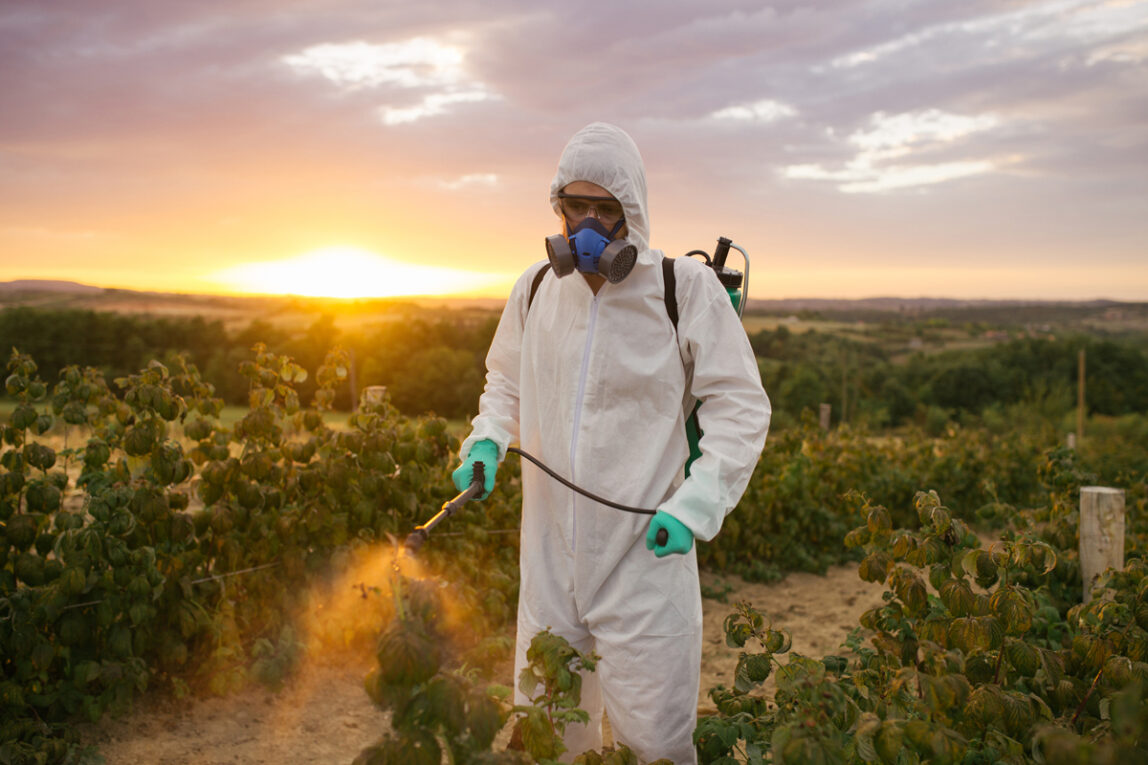Growing concerns over health hazards of synthetic pesticides and development of pest resistance have necessitated adoption of alternative pest control methods. Biopesticides have emerged as a viable natural option for control of various agricultural and household pests.
What are Biopesticides?
Biopesticides are certain types of pesticides derived from such natural materials as animals, plants, bacteria, and certain minerals. They have characterized as relatively targeted pesticides with novel modes of action, often acting as anti-feedants or growth regulators. They are formulated from microorganisms like bacteria, viruses or protozoa, biochemicals derived from such organisms and certain plant extracts with insecticidal properties.
Examples of Biopesticides
Bacillus thuringiensis (Bt) – A naturally occurring soil bacterium used as a protein-based biopesticide to control caterpillars, mosquitoes, flies and beetles. Bt proteins or endotoxins produced during its vegetative growth act specifically against target pest insects and are harmless to other organisms.
Beauveria bassiana – A fungus used as a biological insecticide/miticide to control whiteflies, thrips, aphids, leafhoppers and other agricultural/horticultural pests. It infects insects through contact with its spores and causes disease in target species.
Spinosad – A biochemical compound derived from naturally occurring soil bacterium Saccharopolyspora spinosa and used as an organic insecticide worldwide. Spinosad acts on insect nervous system as a nicotinic acetylcholine receptor agonist and sodium channel modulator. It controls numerous caterpillar pests as well as flies, beetles, bedbugs and others.
Plant Extracts – Neem extracts, pyrethrum extracts, essential oils from pepper plants, ryania etc. exhibit potent insecticidal properties and are used as botanical biopesticides against various agricultural, household and stored grain pests.
Modes of Action and Selectivity
What makes biopesticides promising alternatives is their unique modes of action which are often different from synthetic chemicals. Target-specific biopesticides either act as ingestible poison or pathogens that infect specific pests. Most biopesticides are selective and do not harm beneficial and non-target organisms like synthetic broad-spectrum pesticides do. They often act as anti-feedants or disrupt mating and reproduction in target insects/mites instead of causing quick kill. This trait offers advantages of reduced impact on ecosystem and biodiversity.
Advantages of Using Biopesticides
Following are some important benefits of adopting biopesticides in integrated pest management programs:
Environmental Friendly
– Naturally derived biopesticides are less toxic to the environment and human health. They degrade quickly into non-toxic material and do not persist for long periods.
Selective Toxicity
– Unlike broad-spectrum chemicals, biopesticides have low toxicity to humans, beneficial insects, birds and mammals. They are highly selective to target pest species only.
Reduced Health Hazards
– With reduced toxicity, risks of pesticide poisonings to farm workers and field operators is minimized when biopesticides are used.
Lower resistance Development
– As biopesticides have unique modes of action different from chemical pesticides, development of resistance in pest populations takes longer to evolve.
Alternative To Chemicals
– When pest populations develop resistance to commonly used chemicals, biopesticides provide an effective alternative for control.
Integrated Pest Management
– Being compatible with other methods, biopesticides fit well into IPM programs and help reduce synthetic pesticide usage.
Limitations and Challenges
While Biopesticides hold great promise as environment-friendly pest control solutions, their adoption at commercial scale also faces certain limitations:
– Production costs – Large-scale manufacturing of biopesticides involve fermentation processes and downstream processing which makes production more expensive than chemicals initially.
– Short shelf life – Being biologicals, stability and shelf life of some biopesticide formulations are less than synthetic pesticides requiring less time for use.
– Variable effectiveness – Efficacy of certain biopesticides can vary with climatic conditions, pest biotypes, application methods compared to broad-spectrum chemicals.
– Limited variety – Compared to thousands of synthetic pesticide variants, currently only hundreds of active biopesticide ingredients are available for targeting major crop pests.
– Public Acceptance – Unfamiliarity among farmers about working with ‘biological control agents’ is a hindrance in some regions. Promoting benefits requires extensive knowledge transfer.
*Note:
1. Source: Coherent Market Insights, Public sources, Desk research
2. We have leveraged AI tools to mine information and compile it
About Author – Ravina Pandya
Ravina Pandya,a content writer, has a strong foothold in the market research industry. She specializes in writing well-researched articles from different industries, including food and beverages, information and technology, healthcare, chemicals and materials, etc. With an MBA in E-commerce, she has expertise in SEO-optimized content that resonates with industry professionals. LinkedIn Profile


